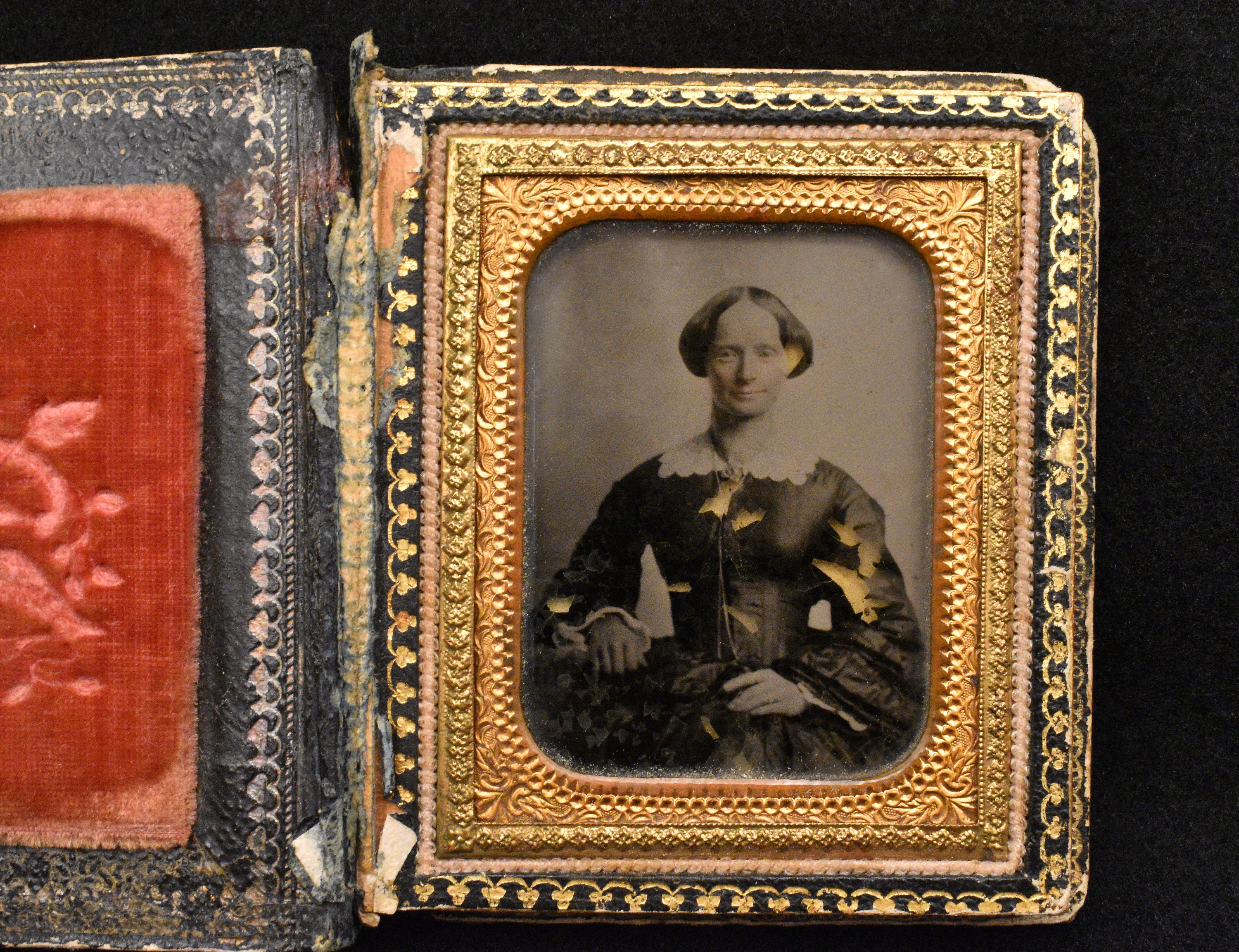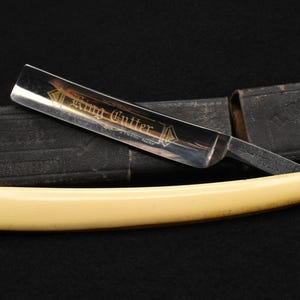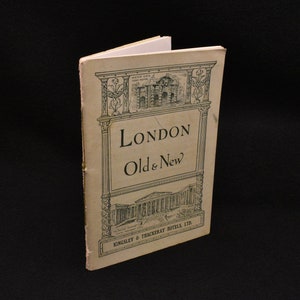







Antiques
Rare Antique Ambrotype in Mother of Pearl and Enamel Case
-
DetailsI've come across Ambrotypes and other types of antique photograph, but never have I seen a case like this one. It has the most ornate inlays of pearl I have ever come across. But firstly, what is an Ambrotype?
Photography wasn't a new concept, during the mid-1800s, when this little beauty was created. In fact, research into various chemicals and their combinations with regards to photo-reactivity began in the early 1700s. Several scientists were already experimenting with photosensitive chemicals. In the early 1800s, there was a breakthrough whereby these chemicals were successfully applied to a hard surface in order for the chemicals to darken said surface, based on exposure to light. Silver chloride was most-successfully used for its photosensitivity, but there were still obstacles to be overcome - the silver chloride tended to just slip or easily rub off the surface and early attempts created nothing more than vague silhouettes. As well, no one had managed to find a way for the silver chloride to cease development, so photographs would continue to darken in front of the observer's eyes. Eventually, these obstacles were overcome and in 1827, the first landscape photo was taken. It took over 8 hours of exposure, but it proved that photography resulting in a stable image was possible. Then, a breakthrough. In 1839, Louis Daguerre introduced a thin copper sheets plated in silver. The Daguerreotype was born and ushered in a new era of photography. Over the next several decades, there were dozens of small advances, from chemicals used for development to the substrate on which they were developed. In 1851, a process was introduced whereby photographs could be taken and developed in just a few minutes. This method was used to develop glass negatives, ambrotypes and tintypes. Ambrotypes produced a negative image onto a glass plate. When presented over a dark background, it revealed beautiful images. Due to the immense advancement in the field, ambrotypes successfully replaced the daguerreotype, but only for about a decade, up to 1860. These were subsequently replaced by tintypes (the same method, but presented on a thin plate of metal, coated in a dark enamel which was used as the support for the photographic emulsion). Tintypes were significantly easier to care for, lacking the fragility of ambrotypes. As a result, true ambrotypes are hard to find.
All of these methods produced a fairly clear black and white photograph, but because they were so easily ruined by fingers and scratches, they were almost always stored in cases and under glass. Given the nature of the process and the photographs, once the image is placed into the frame and under a pane of glass, it's very difficult to tell which of the various techniques was used to create the image. In this case, we're quite lucky...
This beautiful portrait is very obviously an ambrotype. When originally printed, this image would have been placed with a dark background, to contrast with the negative image on the ambrotype. The woman in the photograph saw fit to wear a very dark dress. As such, the dark enamel placed behind the glass image would be responsible for the dark elements of the dress. The age of this photo has allowed the enamel to come away from the glass, by fractions of an inch and start cracking, slightly. As such, there's a wonderful 3D effect to the image and it is plain to see the image on the glass, separated from the enamel behind the glass. With immense character, this is a beautiful piece of history.
The case is something I have never come across before. It seems that the majority is black enamel, painted on what I can only assume is wood. The filigree pattern is ornate and very attractive, but it's not the enamel that attracts me... it's the tiny circles of pearl that are inlayed into the enamel. You can feel the edges of a few of them, but they are complete and almost all perfect. There are one or two that have worn away, at their edges, but it doesn't detract from the beauty of the design. There are several golden strips running across the spine as well as the edges of the frame resulting in a very handsome, book-like design. However, over 160 years, there has been some minor degradation to the piece. The latch with which it was locked closed is missing the back portion. The spine and edges are worn and fraying, slightly. The interior of the spine is also slightly frayed, but the image and the frame, itself, are in good condition.
This beauty would make a wonderful addition to any antique photography collection.
As always, should you have any questions or comments, I'm always happy to respond to messages almost immediately.
Thank you very much for visiting C&K! -
Shipping & Policies
Shipping from Canada
Processing time
1-2 business days
Customs and import taxes
Buyers are responsible for any customs and import taxes that may apply. I'm not responsible for delays due to customs.
Payment Options
Returns & Exchanges
I gladly accept returns and exchanges
Just contact me within: 3 days of delivery
Ship items back to me within: 7 days of delivery
I don't accept cancellations
But please contact me if you have any problems with your order.
The following items can't be returned or exchanged
Because of the nature of these items, unless they arrive damaged or defective, I can't accept returns for:
- Custom or personalized orders
- Perishable products (like food or flowers)
- Digital downloads
- Intimate items (for health/hygiene reasons)
Conditions of return
Buyers are responsible for return shipping costs. If the item is not returned in its original condition, the buyer is responsible for any loss in value.
Frequently Asked Questions
Can I combine delivery on multiple items?
Of course! We'd be happy to assist. Just send us a quick message and we'll make sure to combine your items into a single package to reduce the shipping costs.



